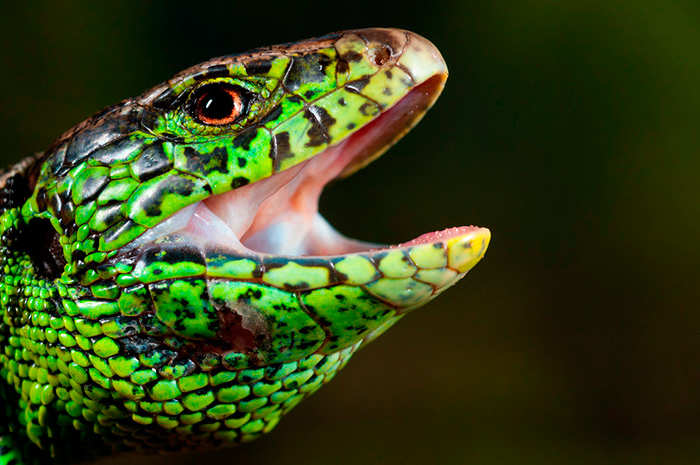
The sand lizard (Lacerta agilis) is one of most spread lizard of Europe, after viviparous lizard or common lizard (Zootoca vivipara). It ranges from Bajkal lake to Pyrenees and sud of Swedish up to nord of Greece.
This species was born in the northern Caucasus early Pliocene from here it spread throughout Europe. Due to its wide distribution there are many subspecies.
In Italy lives only in Piemonte and Friuli-Venezia Giulia.
The sand lizard is characterized, as compared to other lizards present in Italy, by a body more stocky and by shorter snout.
Females are light brown and grey, while males are green and yellow, especially on the sides and belly.
In Italy this lizard lives at high elevations, in the northern parts of its European distribution range lives at sea level.
It lives in different habitats, coastal dunes (northern of its distribution range), grasslands with many hiding and ecomosaic habitats.
To thermoregulation are widely used woodpiles, shrubs and rocks.
Adult males begin their activity before the juveniles and females, mating period begins at the end of April, or May, depending on temperature and snow.
Males, in this period, are very territorial, so they engage in bloody struggles with other males, culminating in the escape of loser.
Subsequently the mate, there is the spawning of 10-15 eggs in the soft substrate, rich in sand. The incubation period varies according to the temperature.
This reptile is included in Annex IV of “Habitat” Directive 92/43/CEE and in Italy is very important species for its small range of distribution and few populations.
These populations are in danger cause of human impact.

